
by Sophia Brook
‘Stability and Renewal’? – Prime Minister Changeover in New Zealand
#1/23
14 February 2023
‘I believe that leading a country is the most privileged job anyone could ever have, but also one of the more challenging. You cannot, and should not do it unless you have a full tank, plus, a bit in reserve for those unexpected challenges.’ – Jacinda Ardern
In a press conference on 19 January, New Zealand’s 40th Prime Minister, Jacinda Ardern, announced her resignation. The announcement came as a shock to most of the rest of the world, but it is said that it came as less a surprise at home. During the same press conference, Ms Ardern also announced that New Zealand’s general election will be held on 14 October.
Jacinda Ardern had been in the PM role since 2017, when she took up office as the then youngest ever female PM. She quickly gained a reputation as a leader close to the people, unafraid to show empathy while at the same time dealing efficiently with the crises the country had to face. Her handling of the Christchurch attacks and the Whakaari White Island disaster, a volcano eruption that killed 22 people, established her reputation abroad and her politics put New Zealand back on the international map.
However, such a level of popularity is hard to keep up and, although the ‘Jacindamania’ lasted for quite some time, the Labour Party saw a drop in approval ratings at home post-covid. Polls conducted in November 2022 showed only 33 per cent of support for the party and Ardern’s rating down the lowest since 2017, to only 29 per cent. Although she managed the crises well and even managed to avoid the covid-fatigue-related discontent many other nation’s leaders encountered from their voters in the course of the pandemic, the requirement to respond to crises superseded her domestic policy agenda. Part of this agenda was a 2017 pre-election promise to increase the housing supply by 100,000 new homes in ten years. By May 2022, only 1300 houses had been built, with approximately the same amount under construction. New Zealanders appeared to let this lack of policy implementation slide during the pandemic, but post-covid, with rising cost-of-living expenses, the national housing crisis debate has become heated again.
In view of this, the reasoning behind Ardern’s resignation might have sounded rather strange to some. She announced that she was leaving not because she was fearing an election loss, but rather because she no longer had ‘enough in the tank to do [the job] justice’ for another full term. However, she believed that there were ‘others around [her] who do’.
One of these others turned out to be Chris Hipkins, who was sworn in as new PM on 25 January. Colleagues describe him as ‘diligent, talented and dependable’, ‘Labour through-and-through’ and ‘a details man’, but nobody expected him to be Prime Minister one day. Despite becoming PM ‘by accident’, the 44-year-old career politician has been described as a ‘trusted member of Arderns leadership circle’ and ‘a troubleshooter for Ms Ardern when other cabinet ministers were struggling’. As Covid-19 Response Minister, he was mainly responsible for the design and implementation of New Zealand’s covid strategy, which, even though it gained much criticism from overseas, was well-received at home. This caused him to be a well-known face in national politics, with local polls showing that he was the most popular potential candidate among voters.
Hipkins previously held portfolios in health, education, policing and the public service, has served as leader of the house and is said to have worked closely with Ardern ‘since the start of their careers’, when they both entered parliament in 2008.
One of Hipkins’ first announcements was that he would focus on ‘bread and butter issues’, chief among which are inflation (running at 7.2 per cent at the end of January) and worker shortages. He also announced a cabinet reshuffle, emphasising that this did not mean that he did not trust his ministers. ‘The balance that I’ve been trying to strike here is to make sure that we’re providing opportunities to bring some of the new talent forward onto the front bench, naturally that means some people move back off the front bench, that does not mean in any way that I don’t have full confidence in them.’
On top of this he currently has to deal with his first major crisis, with a national state of emergency having been declared for only the third time in the country’s history in response to cyclone Gabrielle’s unprecedented impact on the North Island.
Although Hipkins is described as having ‘a reputation in parliament for a sense of humour, fast quips and self-deprecating streak’, he is also known as a ‘more cutthroat player’ than Ardern ‘particularly in the debating chamber’. An attribute he might need when taking on Nationals leader Christopher Luxon on the campaign trail in the run up to October 14. Some commentators predict this means Hipkins will be ‘a far more aggressive opponent, seeking to expose and exploit Luxon’s failings, unlike Ardern who was more inclined to ignore him’.
On an international level, Hipkins also promises to be firm, stating that he would ‘not back away from criticising China where necessary’ during his first international meeting with Australian PM Albanese in Canberra last week. With China being New Zealand’s largest trading partner, it remains to be seen what this means for New Zealand’s struggle to balance economic interests and security concerns in the future.
Concerning the general election, Jacinda Ardern’s surprise resignation appears to have given the Labour Party a much-needed boost. Two polls released at the end of January showed the party polling at 38%, up 5 percentage points and one point ahead of the National Party. Both polls also measured a higher percentage of voters’ trust/approval for Hipkins (52.9% / 46%) than for Luxon (36.9% / 43%), with Luxon facing higher distrust/disapproval rates (43.8% / 34%). However, as these polls were conducted prior to the Auckland floods, it remains to be seen whether this upwards trend continues.



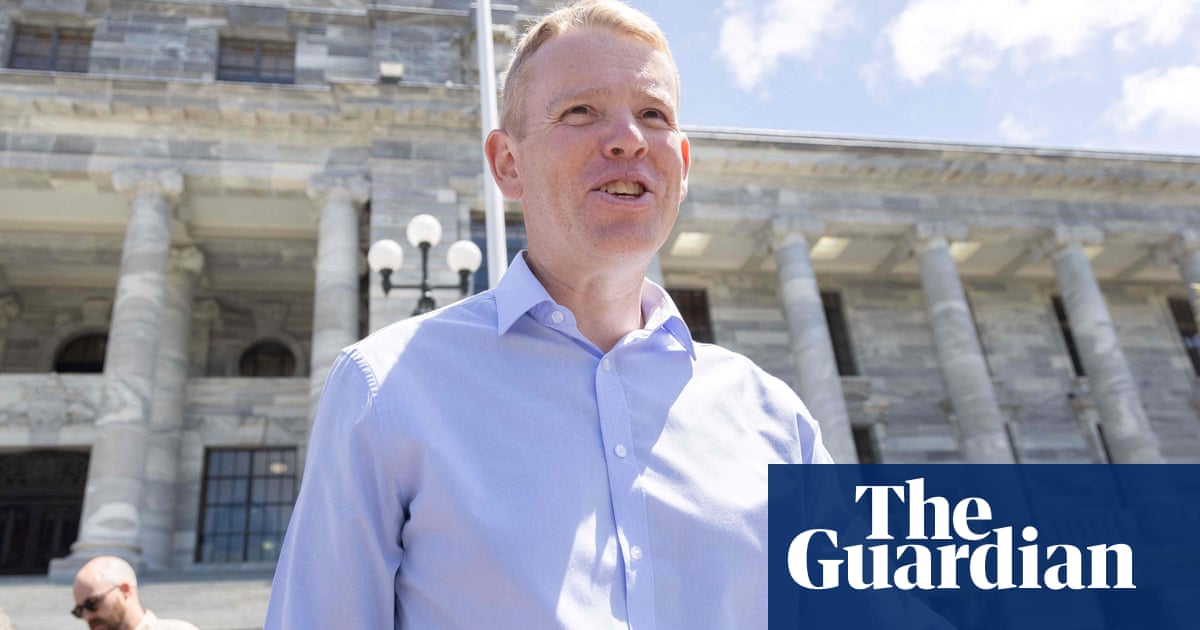


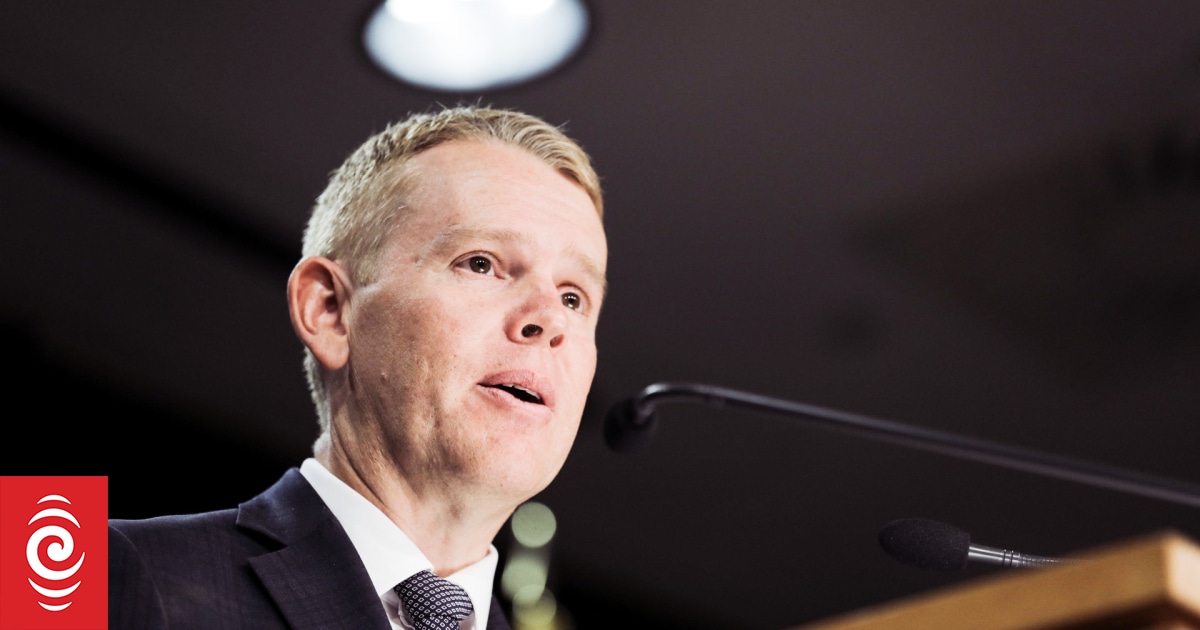


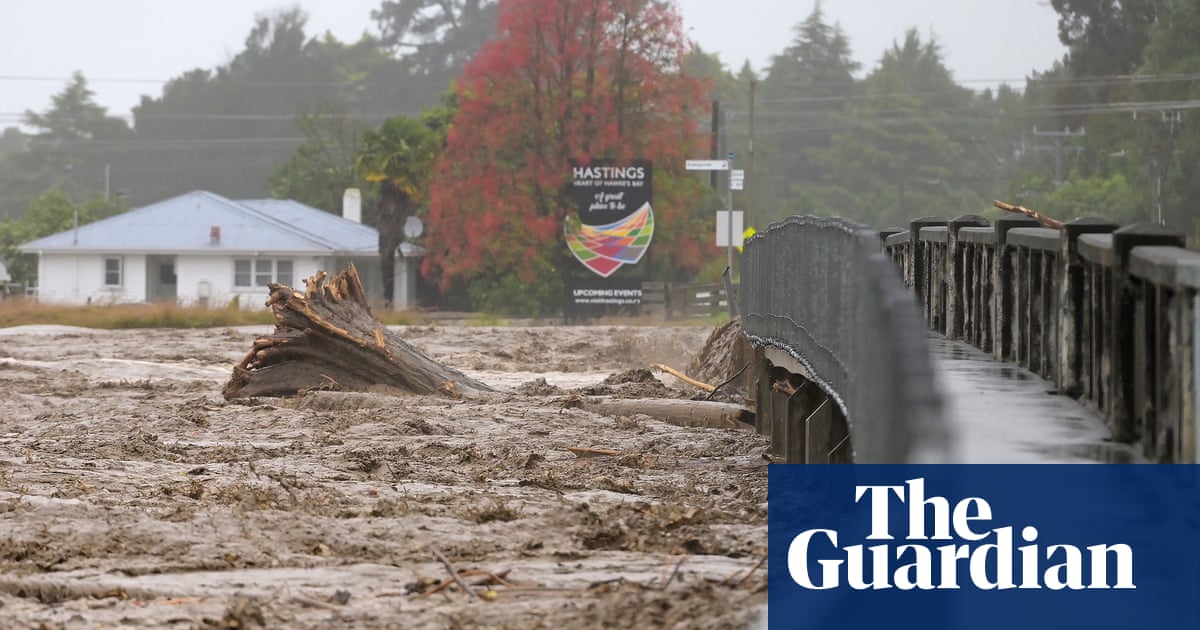
/cloudfront-ap-southeast-2.images.arcpublishing.com/nzme/IKH44B3EVZEJJMRNUUQOGCYF3Q.jpg)
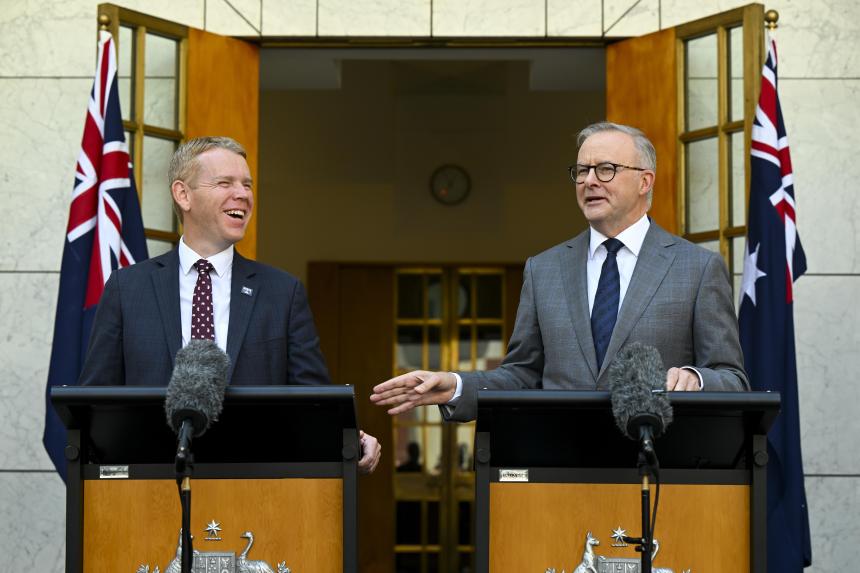


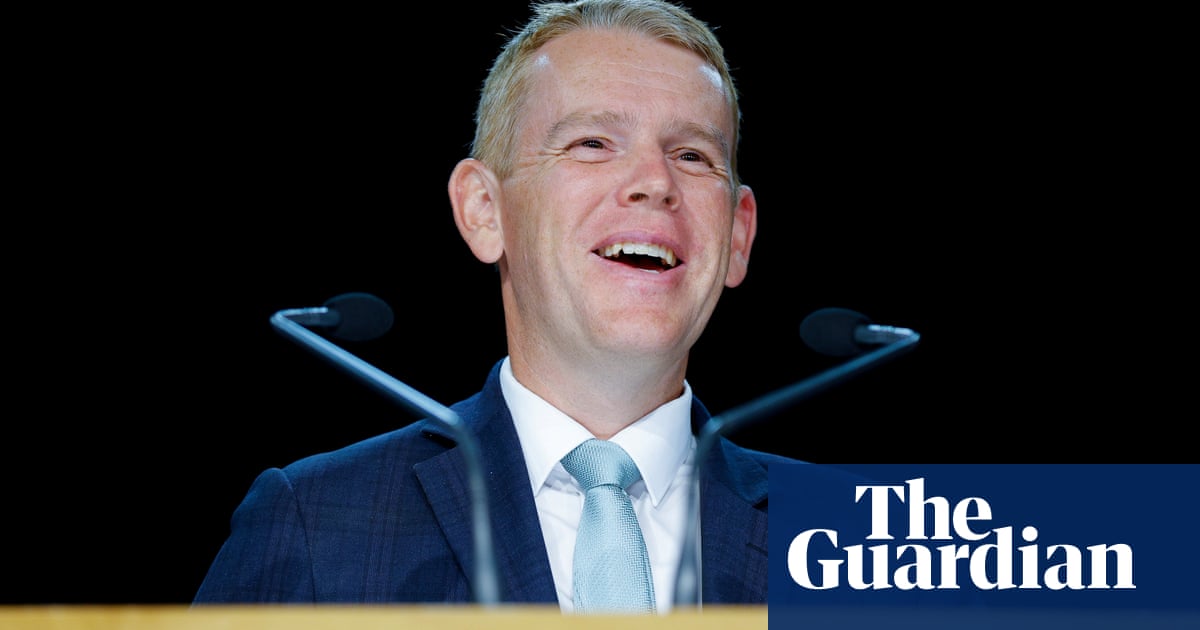
:quality(70)/cloudfront-ap-southeast-2.images.arcpublishing.com/tvnz/TZCGUKPEKJCL5LG7325M3IK64E.jpg)

